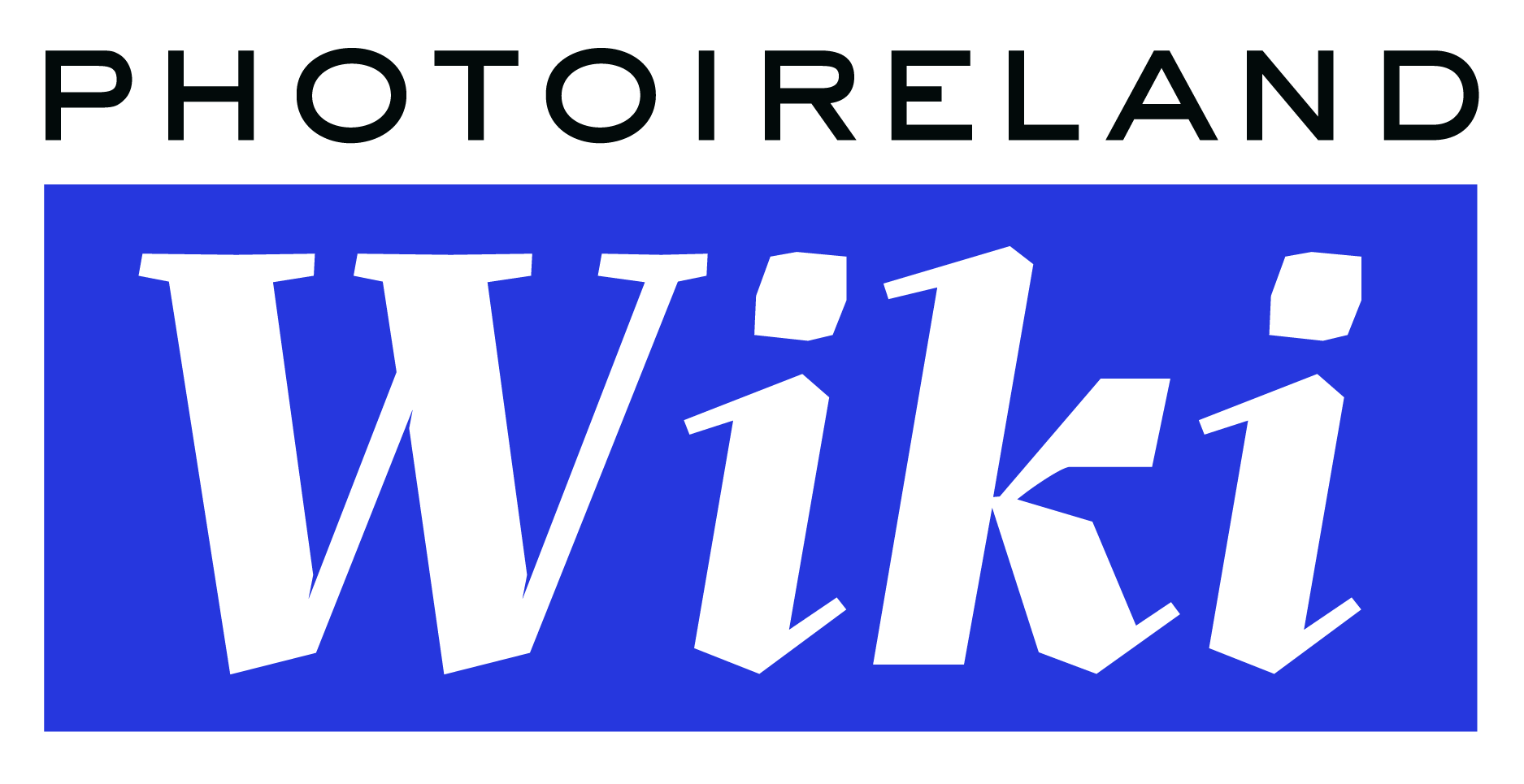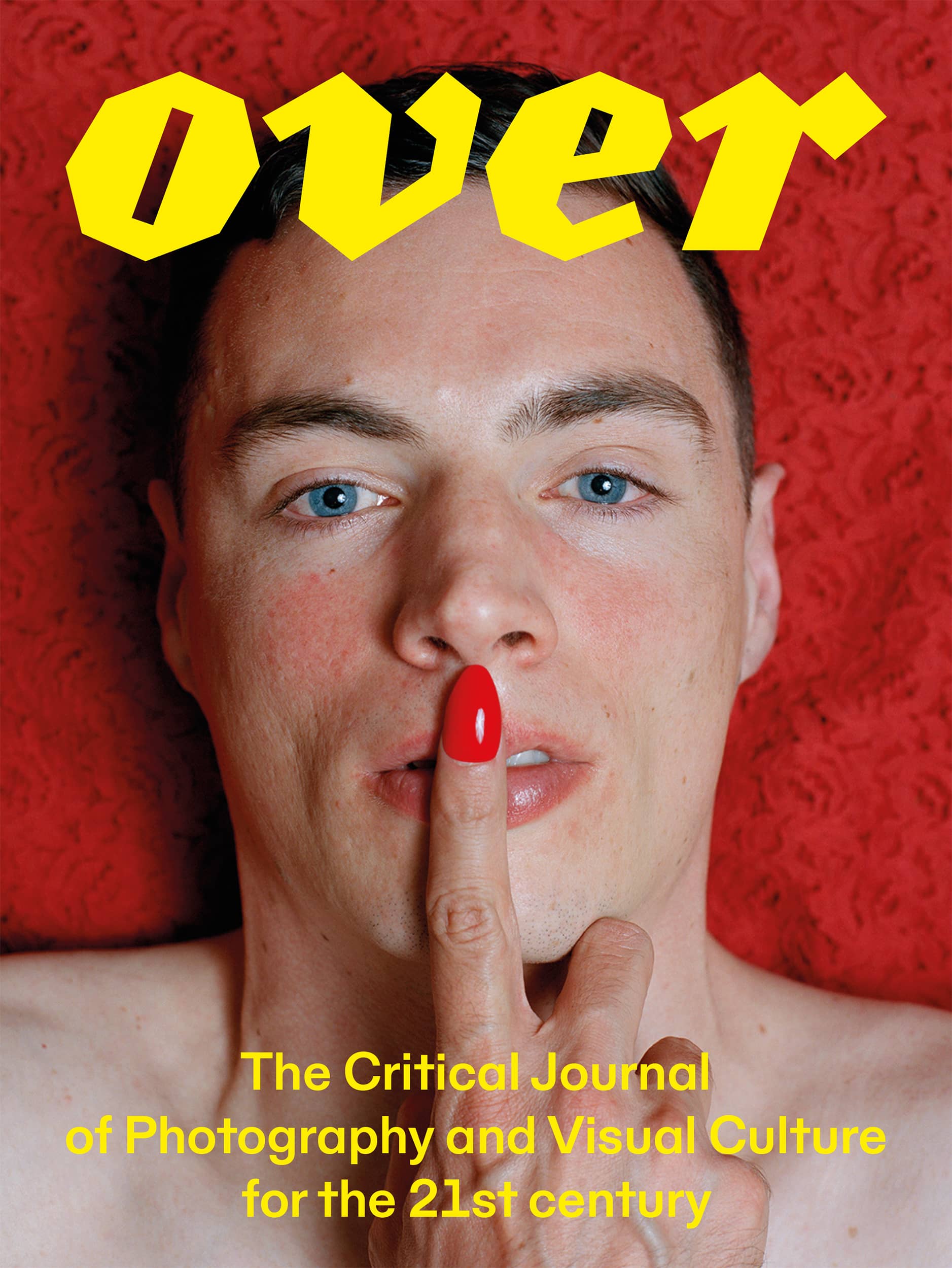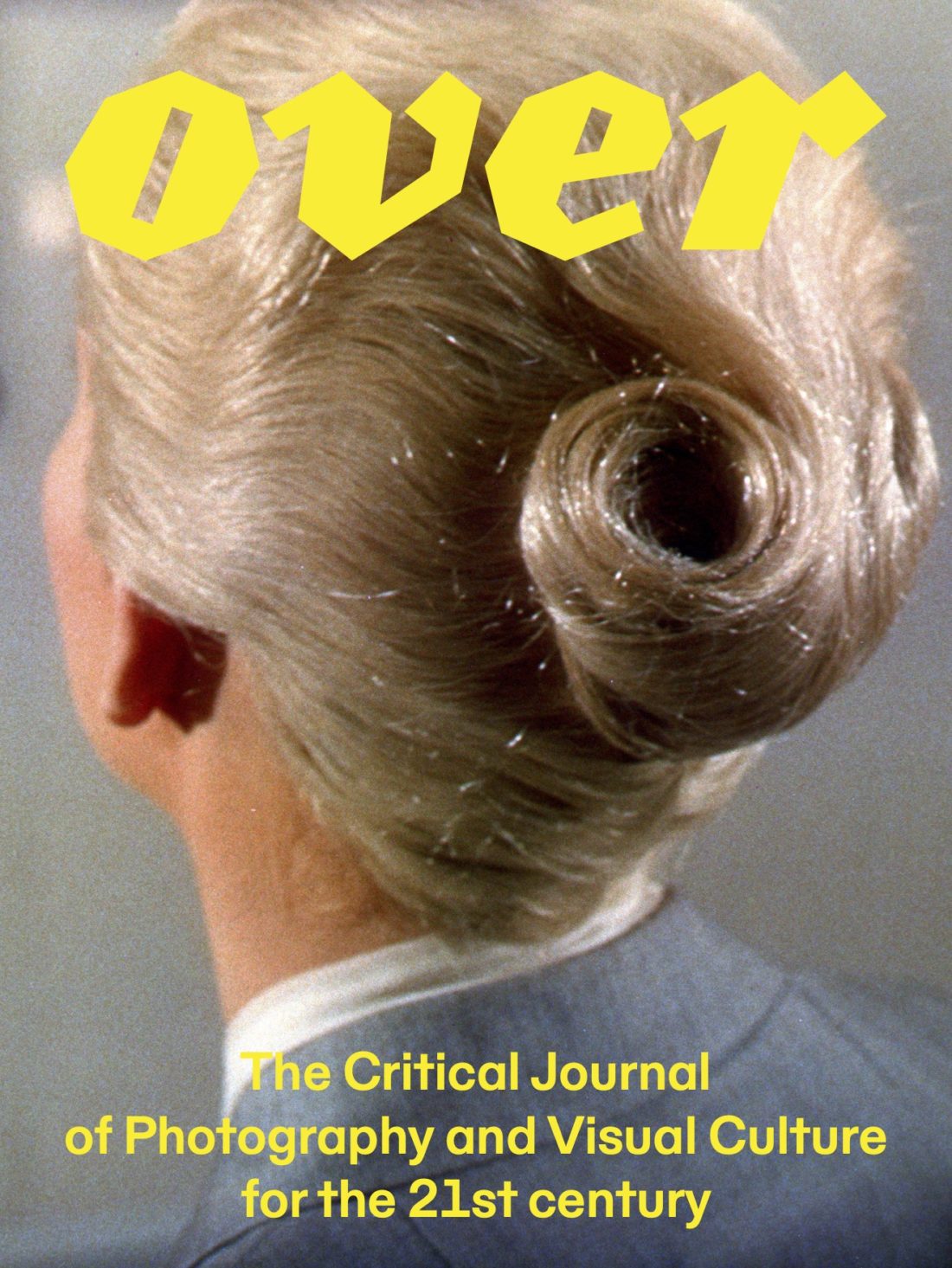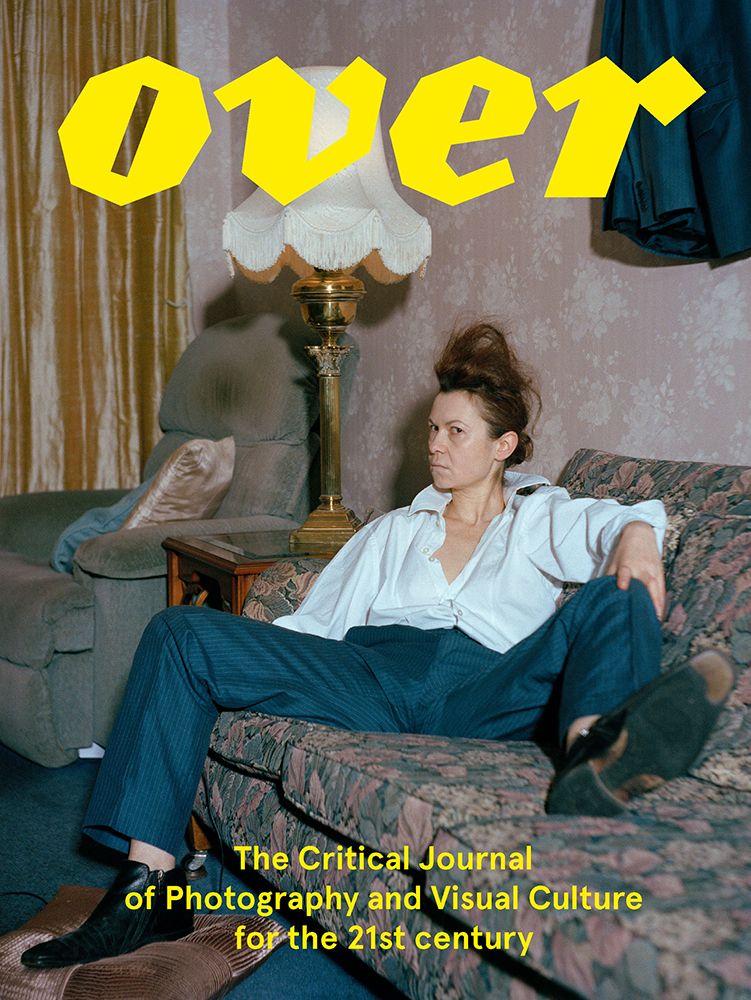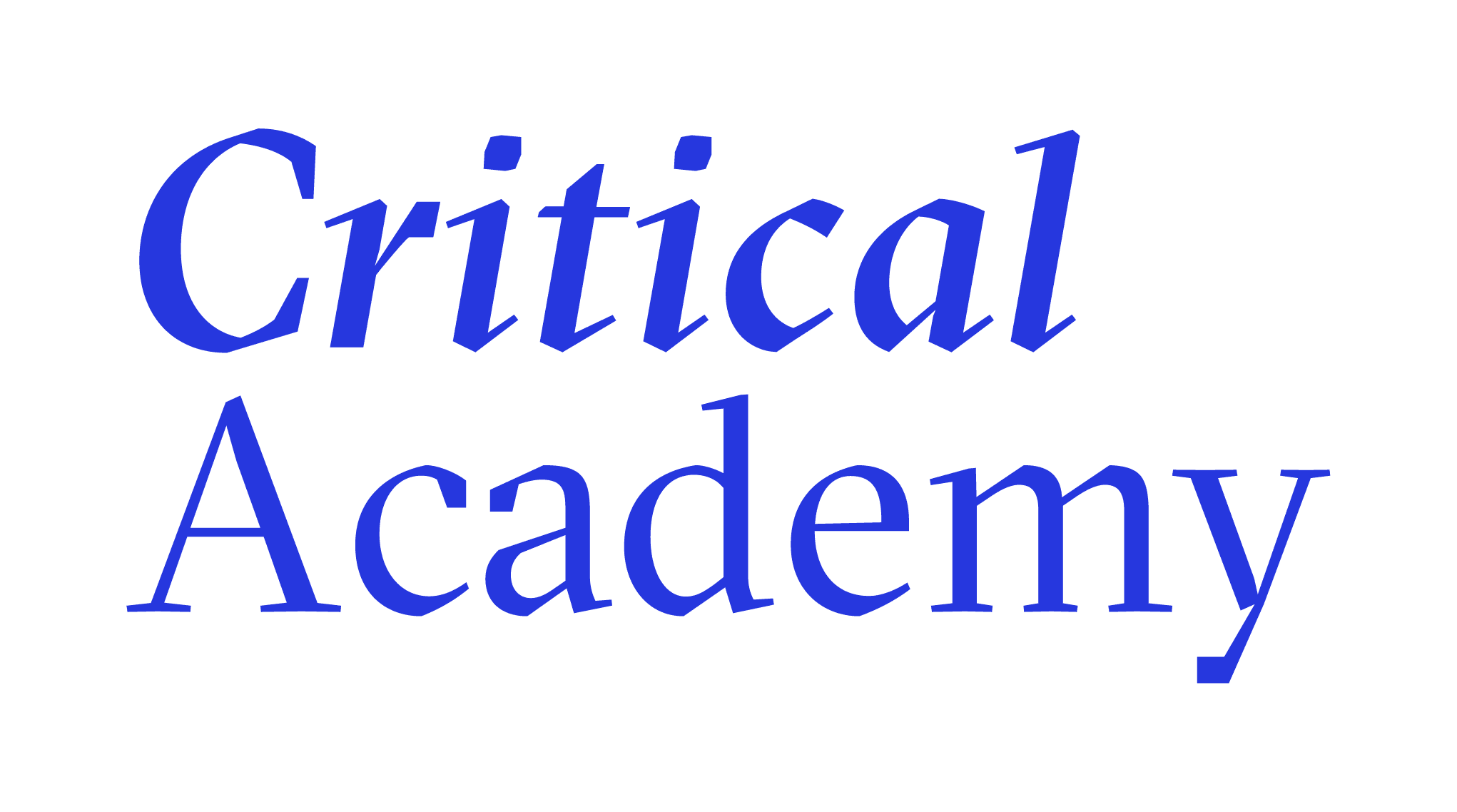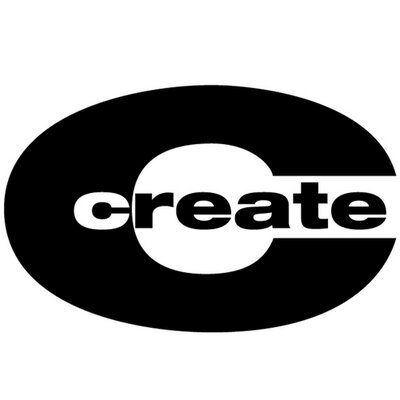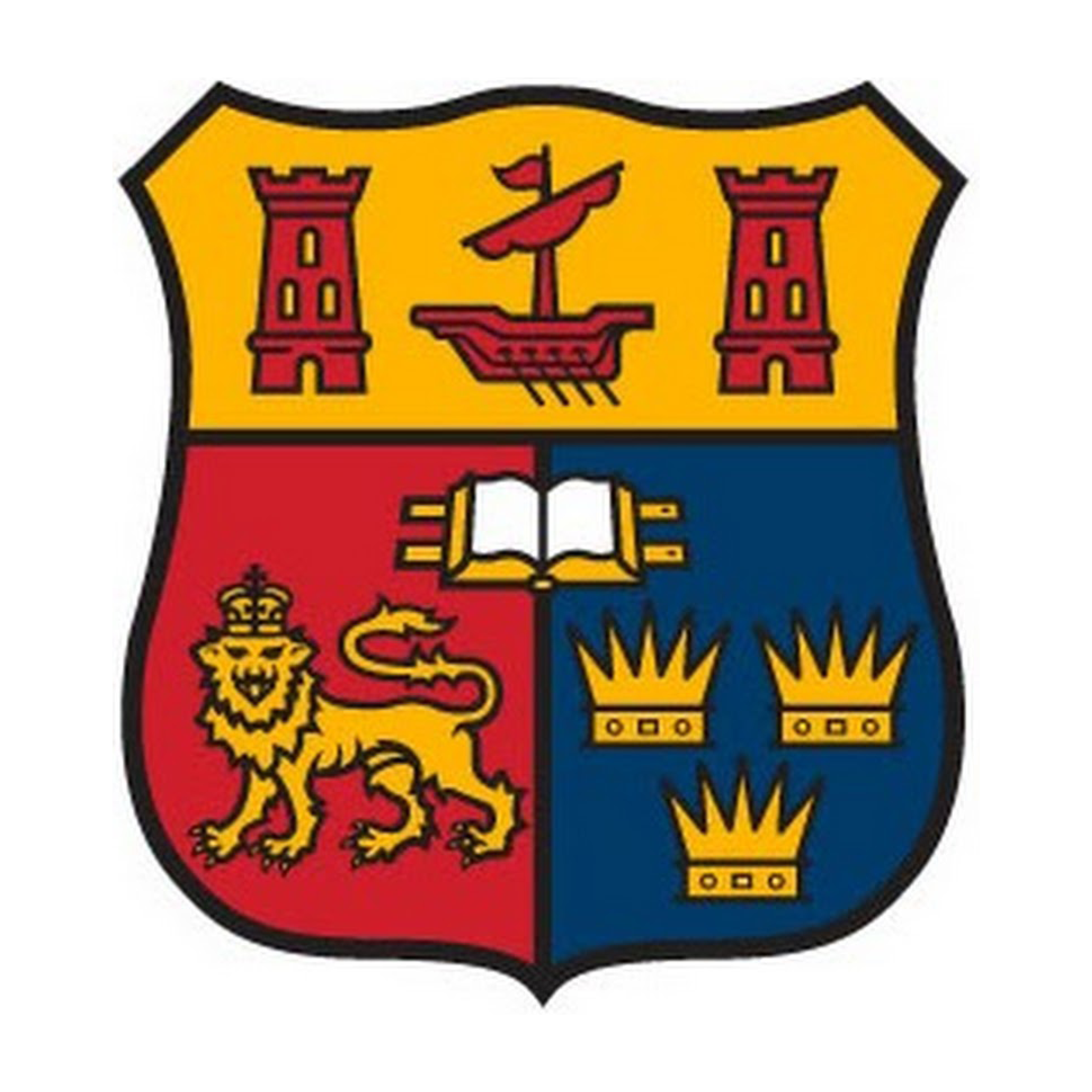
University College Cork – National University of Ireland, Cork (UCC) (Irish: Coláiste na hOllscoile Corcaigh) is a constituent university of the National University of Ireland, and located in Cork.
History
UCC was established in 1845 as one of three Queen’s Colleges at Cork, Galway and Belfast. The site chosen for the college is particularly appropriate given its connection with the patron saint of Cork, St Finbarr. It is believed his monastery and school stood on the bank of the river Lee, which runs through the lower grounds of the university. The University’s motto is ‘Where Finbarr Taught, let Munster Learn.’
On November 7th 1849, Queen’s College Cork opened its doors to a privileged section of the youth of Munster (115 students in that first session, 1849-’50) after a glittering inaugural ceremony in the Aula Maxima which, the newspapers remarked, already looked mellow though just completed, and which is still the symbolic and ceremonial heart of the college.
The limestone buildings of the Main Quadrangle were designed by the gifted architectural partnership of Thomas Deane and Benjamin Woodword. The style has been variously described as perpendicular Gothic, Tudor Gothic or Victorian Gothic. The north wing of the Main Quadrangle houses UCC’s unique collection of Ogham Stones, thought to be burial stones or boundary markers. The inscriptions are the earliest written source of the Irish language and the oldest recordings or Irish personal names, dating back to the mid fifth and late seventh centuries.
Sir Robert Kane, distinguished industrial scientist and first president of the college, passionately defended the ‘mixed education’ non-denominational principle against the charge of “godlessness”, emphasising the built-in provisions for respecting religious beliefs and even for promoting religious practice.
Courses were offered in the faculties of arts, (comprising literature and science), medicine, law and in the schools of engineering (civil and mechanical) and agriculture. Students paid college fees, but also class fees, directly to their professors and lecturers. Popular lecturers became wealthy men!
For the first thirty years, men dominated college life. The first female students were admitted to Queen’s College, Cork in the academic year 1885/’86. Until the early years of the 20th century all academic staff were male. However, by 1910, Cork was the first Irish college to appoint a female professor, Mary Ryan, Professor of Romance Languages.
One of the University’s most famous lecturers was Professor George Boole, (lecturer between 1849-1864) the great mathematician, who is best remembered for his development of Boolean algebra without which modern computer science would be impossible.
University College, Cork is now one of four constituent universities of the federal National University of Ireland. The Universities Act 1997, came into operation in June 1997 and provides for the transfer of powers and functions from the National University of Ireland to its constituent universities (eg staff appointments, programme approval and the conduct of examinations), for internal reorganisation of universities (eg governing authorities) and for some changes in relationships between universities and the state (eg, role of the Higher Education Authority).
The University had been subject to other legislation over the years, The University Education (Ireland) Act, 1879, and the Irish Universities Act 1908 which affected the name of the university and the matriculation processes. 1
